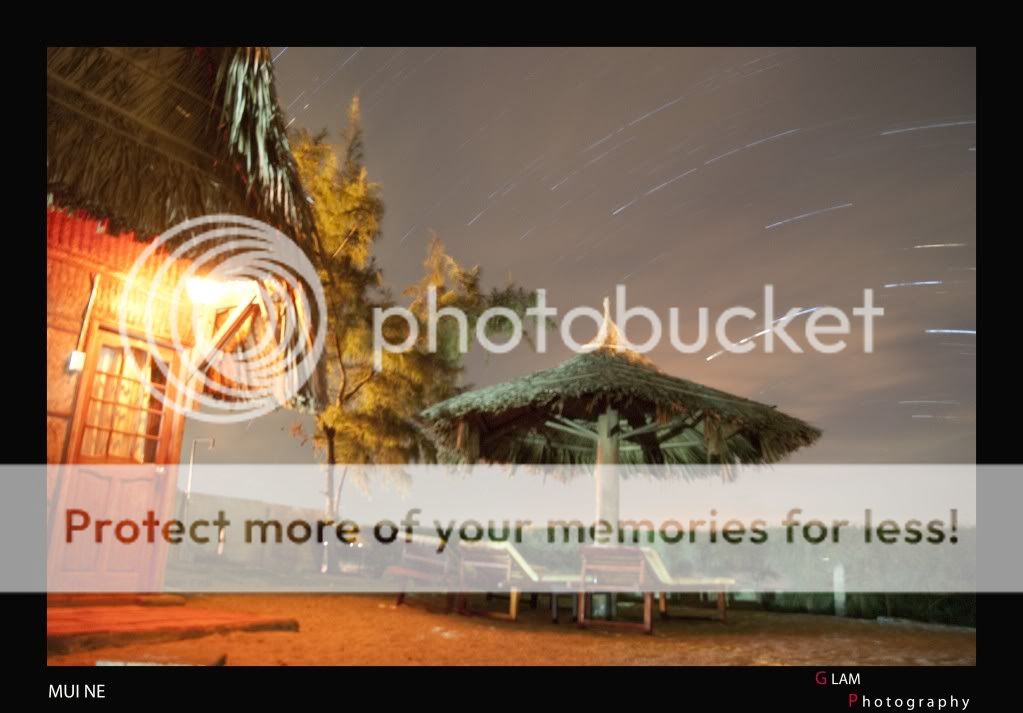does it mean you do multiple 30sec exposure and stack the images together. So if you want a 30min exposure, you would need to stack 60 images?
I leave 5 second intervals between shot. ie. expose 30s -> 5s delay -> expose 30s -> ...
Regarding software/plugin, there are free photoshop actions that you can download and try for stacking star trails.
What are the pros and cons of using stacking compared to a single long exposure, other than those already been mentioned in the thread.
Not sure what have been mentioned already (quite confused).
Anyways, from the top of my head.
Pro: Less noise from sensor heating up.
Pro: Save battery so that you can make longer trails or anything you want.
Cons: May not be THAT smooth. Then again, it depends on where you are pointing and the focal length you use.
Cons: May take a while to process if you have a lot of images and your computer is slow.
Maybe other people might want to contribute to the list also.
How to keep the sky dark with silver streaks instead of the brown/orange sky as shown by TS' image? Is it ISO+aperture or using shorter exposure time such as stacking that will create a darker sky?
The brown/orange sky is due to light pollution (from the lights spilled from urbanization or even the moon). Nothing you can do about it unless you move to a more rural place and point towards an even more rural (or the ocean/sea/lake) direction. The brightness of this "brown/orange" tinge thing is also increased because of the long exposure time in TS' image.
But, it can be somewhat fixed in PP. Some film photographers use tungsten-balanced films for star trails. Similarly, you can try correcting the WB for tungsten in PP and play around with the contrast.
Anyways, I'm wondering if this thread even belongs here now...




